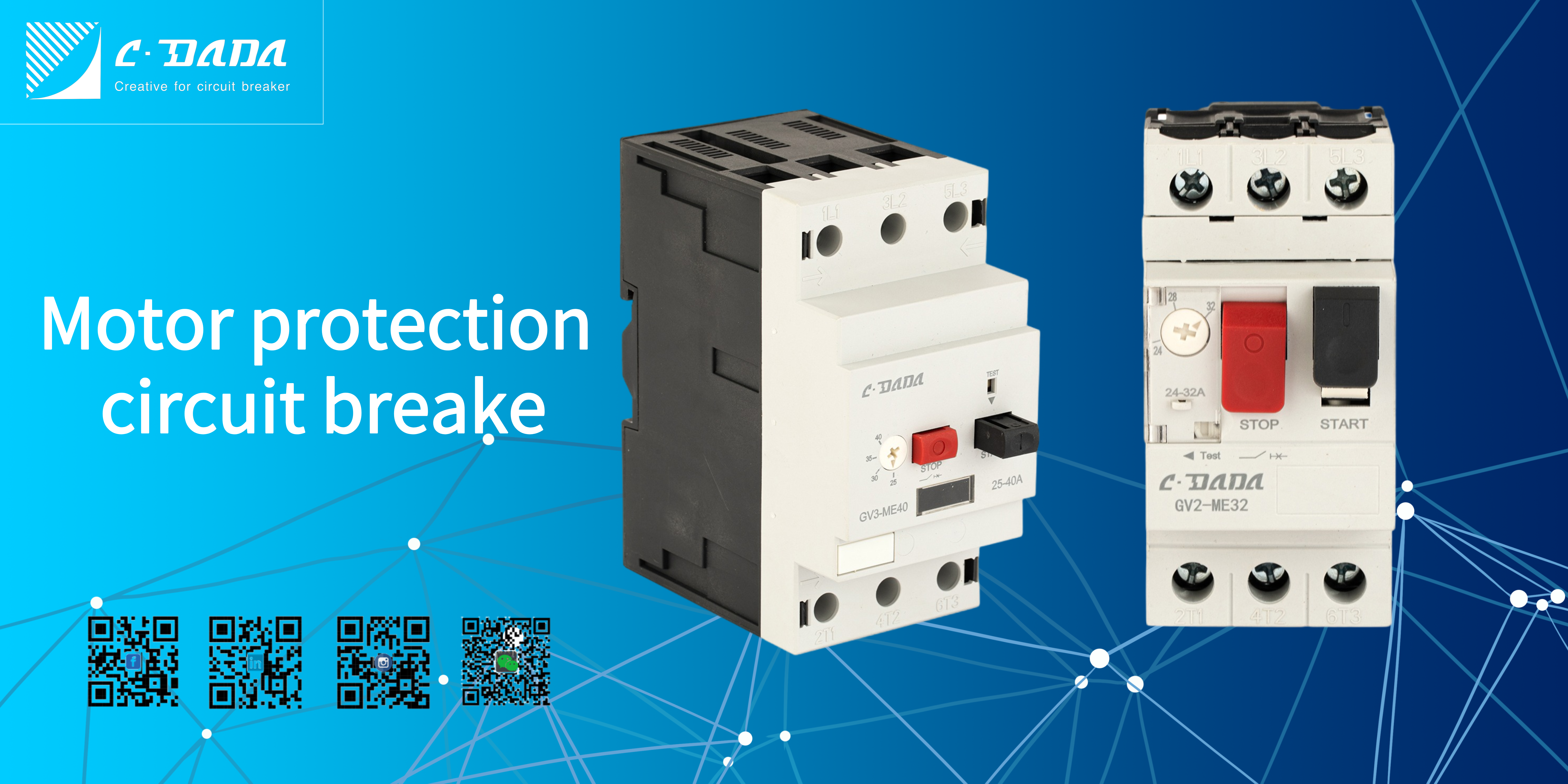Introducing the new motor protection circuit breaker by Shanghai Dada Electrical Co., Ltd. This essential device provides protection for motors against overloads and short circuits, ensuring the safety and efficiency of your electrical systems. With advanced technology and reliable performance, this circuit breaker is now available for purchase. Don’t compromise on the protection of your valuable equipment – invest in the best with Shanghai Dada Electrical Co., Ltd.’s motor protection circuit breaker. The function of motor protector circuit breaker A motor protector circuit breaker (also known as a protector) is a motor protection device used to protect motors from damage due to excessive load, excessive circuit current, or other abnormal conditions. Its main protective functions include: 1. Overload protection: the motor load is too high, the protector circuit breaker will automatically disconnect the circuit and stop the motor from working to prevent motor overload and damage. 2. Short protection: In case of a short circuit, the protector circuit breaker will automatically disconnect the circuit to prevent equipment from being overloaded and damaged. 3. Phase loss protection When the motor loses a phase, the protector circuit breaker will automatically disconnect the circuit to prevent motor damage. 4. Ground fault protection: When a ground fault occurs the protector circuit breaker will immediately cut off the circuit to ensure the safety of equipment and personnel. 5. Overvoltage protection: When overvoltage occurs, protector circuit breaker will automatically disconnect the circuit to prevent equipment from being overloaded and damaged. These protective functions are the main features of a motor protector circuit breaker. Additionally the circuit breaker may also possess other protective functions to ensure the safe operation of the motor and related equipment. The principle of motor protection circuit breaker The principle of motor protection circuit breaker is to detect various parameters such as current, voltage, and motor status. By determining the motor load condition, current, and voltage, it decides whether circuit protection is needed. In case of abnormal conditions, the circuit breaker will disconnect the circuit to stop the motor operation, thereby protecting the equipment. The specific principle of an electric motor protection circuit breaker includes: 1. Current detection principle: By detecting the current, it can be determined whether there is motor overload and short circuit. When the current exceeds preset value, the protective circuit breaker will automatically disconnect the circuit. 2. Voltage detection principle: By detecting the voltage, it can be determined whether there is loss, overvoltage, and undervoltage in the motor. When the voltage exceeds or falls below the preset value, the protective circuit breaker will automatically cut off circuit. 3. Operating status monitoring principle: By detecting the operating status of the motor, it can be determined whether the motor is running normally. When the’s operating status is abnormal, the protective circuit breaker will automatically disconnect the circuit. The above is an analysis of the function and principle of motor circuit breakers. Through the above introduction, we can gain a deep understanding of the and principle of motor circuit breakers, and choose the appropriate protective device in time, so as to ensure the normal operation of motors and related equipment. 
Post time: Nov-07-2024

